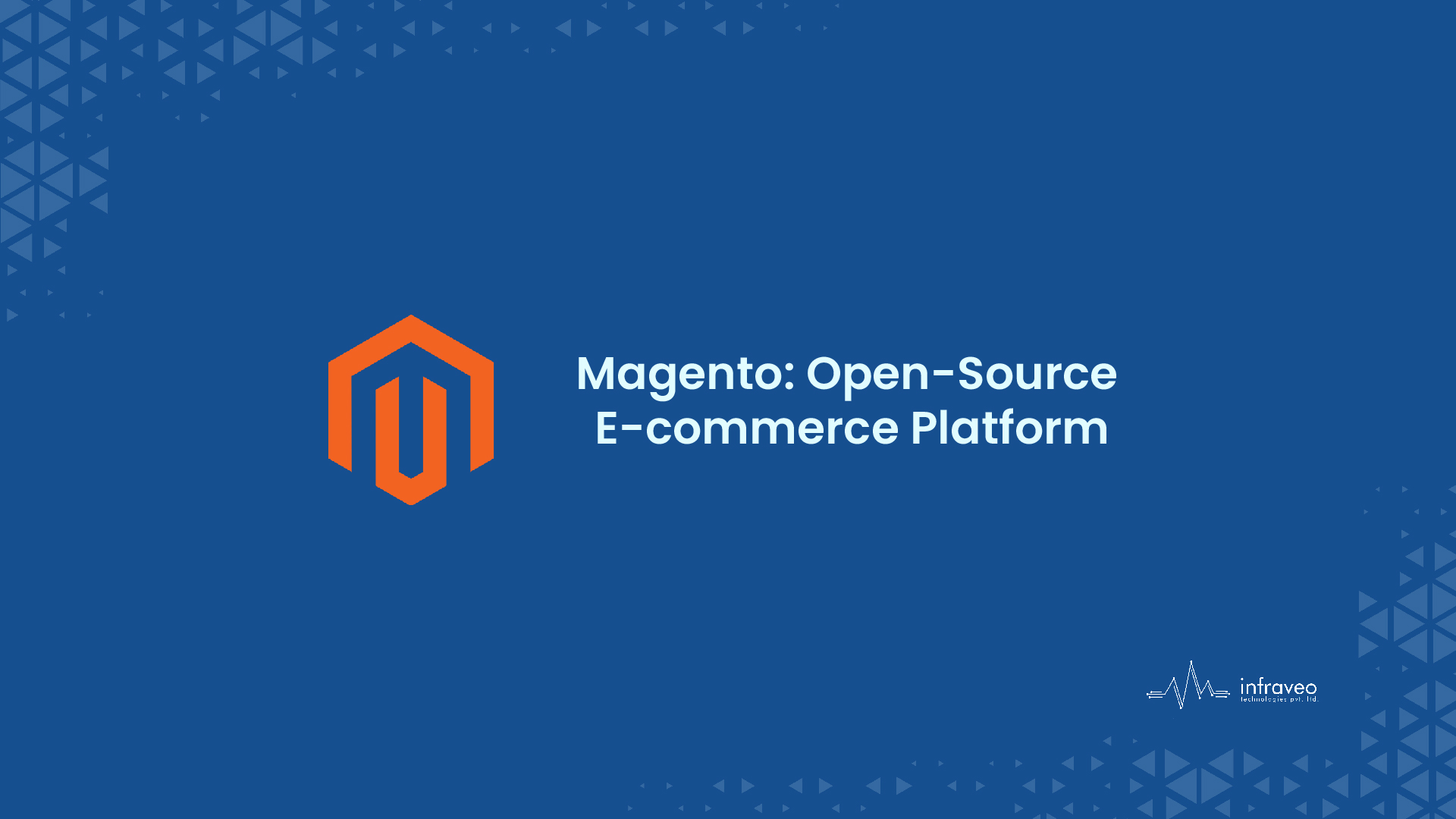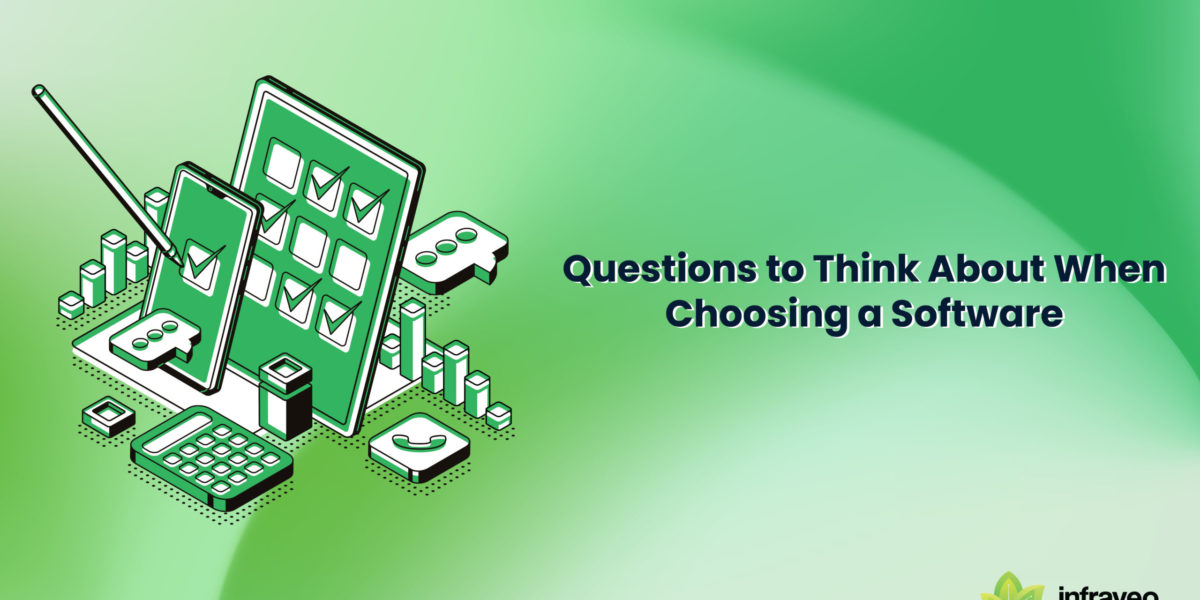Introduction
Magento officially started development in early 2007. The first public beta version was released seven months later, on August 31, 2007. A platform with PHP built-in, which helps programmers in building eCommerce websites. It was created using Zend Framework and released on March 31, 2008, by Varien. In February 2011, it was announced by eBay that it had invested in Magento in 2010 for a 49 percent ownership stake in the business. The remainder of Magento would be added to eBay’s new e-Commerce initiative, which was announced on June 6, 2011.
What is Magento?
Magento is a PHP-based open-source e-commerce platform. It also utilizes Symfony and Laminas, among other PHP frameworks. It is helpful for e- commerce. Its concept is modular and flexible. It is fully adjustable and has a wide range of control options, making it easy for users to create websites that are both user- and search engine-friendly.
Use of Magento
- It is an open-source E-commerce software.
- It allows small businesses to grow their operations and is scalable.
- Many of the external websites required to run a successful e-commerce website can be readily integrated with Magento.
- Provides various options for searching and sorting products.
- It has the capacity to deliver a high level of website performance while using less server resources
- Due to its highly customization options, Magento makes it different from Shopify and other eCommerce platforms.
Major key Features
- Product management includes lots of images, optional comment reviews on products, a favorites list, and inventory.
- Magento provides a variety of payment options, including Google Checkouts, PayPal, cheque, money orders, and credit cards.
- Using the admin panel, Magento makes it simple to manage orders.
- It offers product history and order status information. Also, it supports RSS feeds and email.
- It provides support for various languages, currencies, and tax rates.
- The products are simple to browse on Magento. It has features like image zooming and stock availability checking.
Magento 1 vs Magento 2
Sr. No | Magento 1 | Magento 2 |
| 1. | Ordinary order processing speed | Excellent order processing speed |
| 2. | slower server speed and checkout | fast and efficiently responding servers |
| 3. | Admin panel is messed up | A well-organized admin panels |
| 4. | There are no additional security updates and patches. | Verifying and patching security regularly |
5. | Finding third-party support is challenging | It is simple to get third-party support. |
Conclusion
With Magento, eCommerce businesses and organizations can free themselves from being restricted to a single hosting provider and freely select the hosted platform of their choice. The concept that Magento is successful at attracting users is its best feature. Its reference designs, headless commerce, segmentation and targeting, multi-site capabilities, and page builder CMS help in creating attractive appearance and useful website designs.




